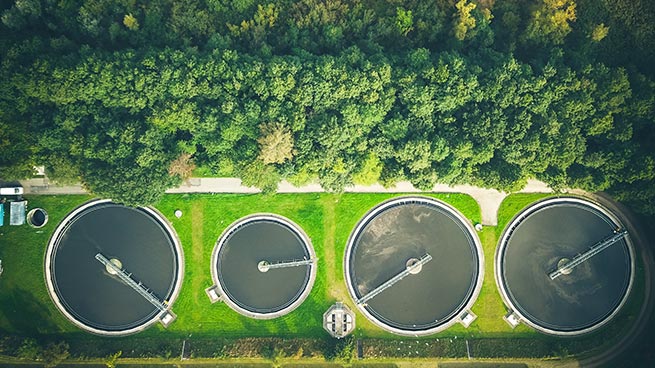With the environmental applications for artificial intelligence broadening, how might AI influence economic growth and the global ambition to reduce emissions between now and 2030?

AI can be harnessed in a wide range of economic sectors and situations to contribute to managing environmental impacts and climate change.Some examples of application include: AI-infused clean distributed energy grids, precision agriculture, sustainable supply chains, environmental monitoring and enforcement, and enhanced weather and disaster prediction and response.
Research by PwC UK, commissioned by Microsoft, models the economic impact of AI’s application to manage the environment, across four sectors – agriculture, water, energy and transport.
It estimates that using AI for environmental applications could contribute up to $5.2 trillion USD to the global economy in 2030, a 4.4% increase relative to business as usual.
In parallel the application of AI levers could reduce worldwide greenhouse gas (GHG) emissions by 4% in 2030, an amount equivalent to 2.4 Gt CO2e – equivalent to the 2030 annual emissions of Australia, Canada and Japan combined.
At the same time as productivity improvements, AI could create 38.2 million net new jobs across the global economy offering more skilled occupations as part of this transition.
“Put simply, AI can enable our future systems to be more productive for the economy and for nature,”
Contact us

Global Sustainability, Climate and Nature Strategy, Director, PwC United Kingdom
Tel: +44 (0)7718 864854
















